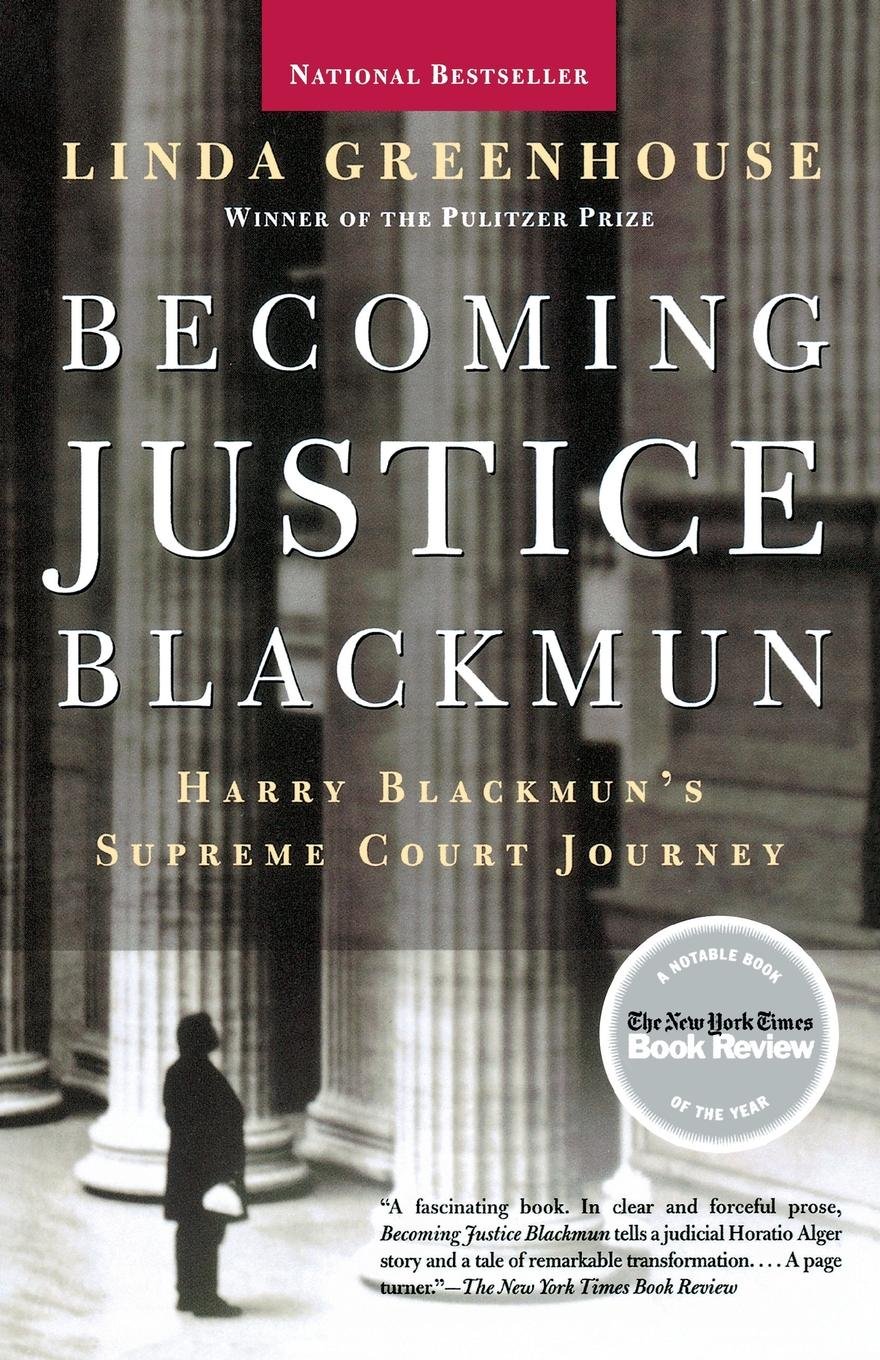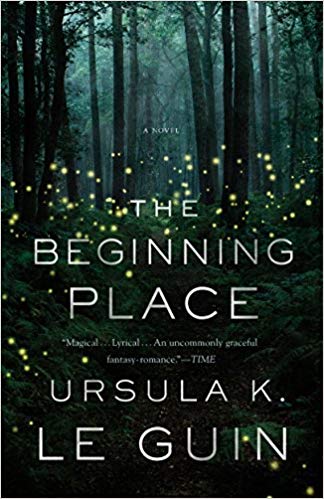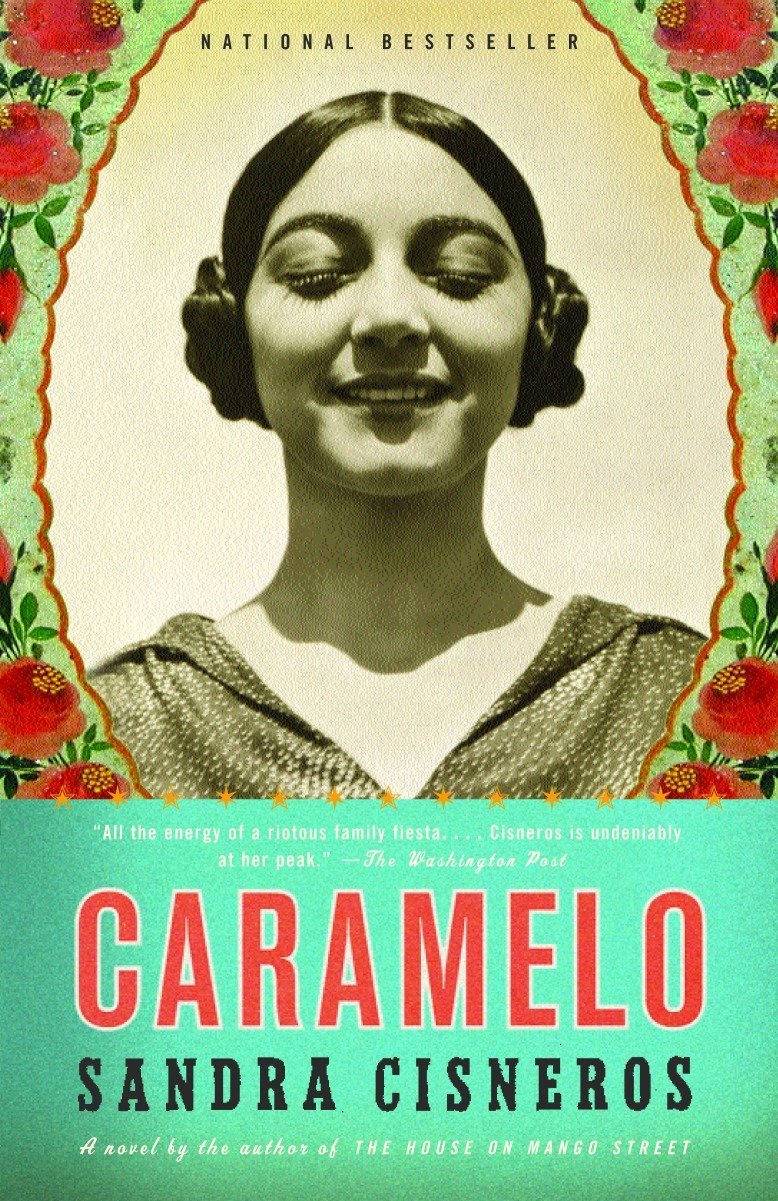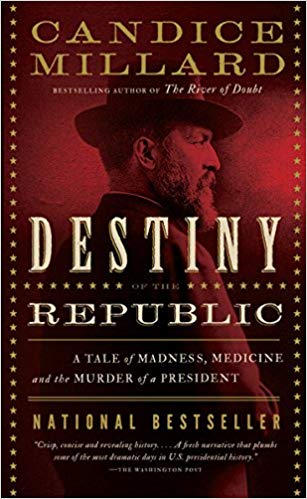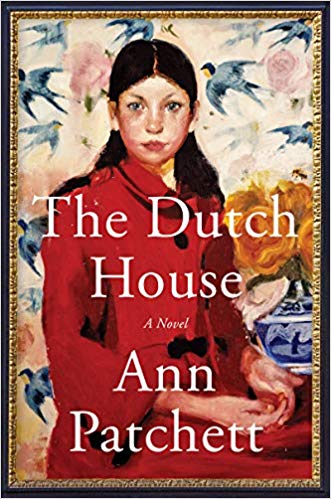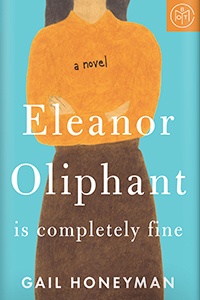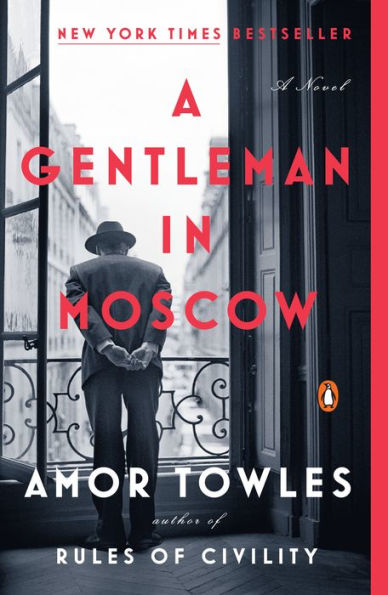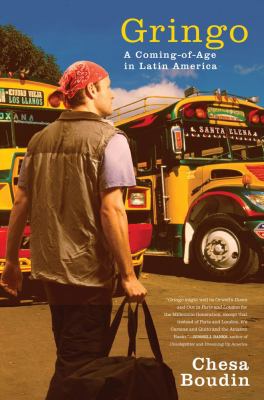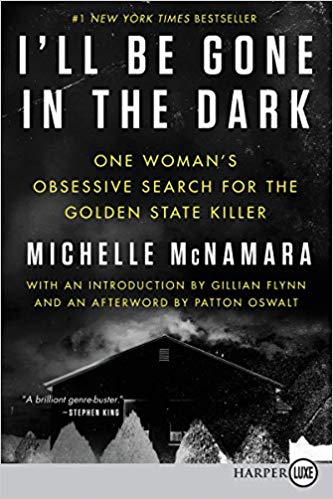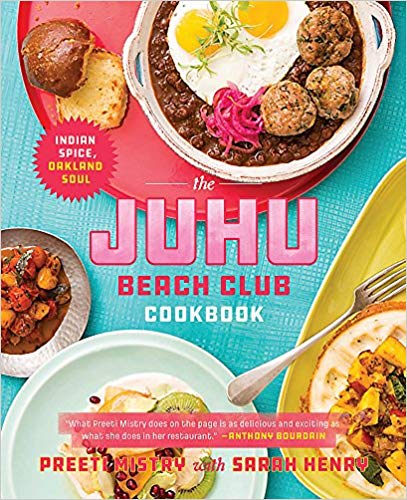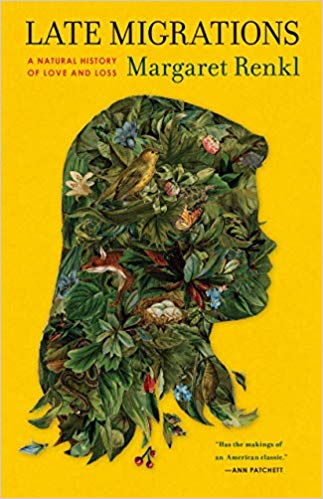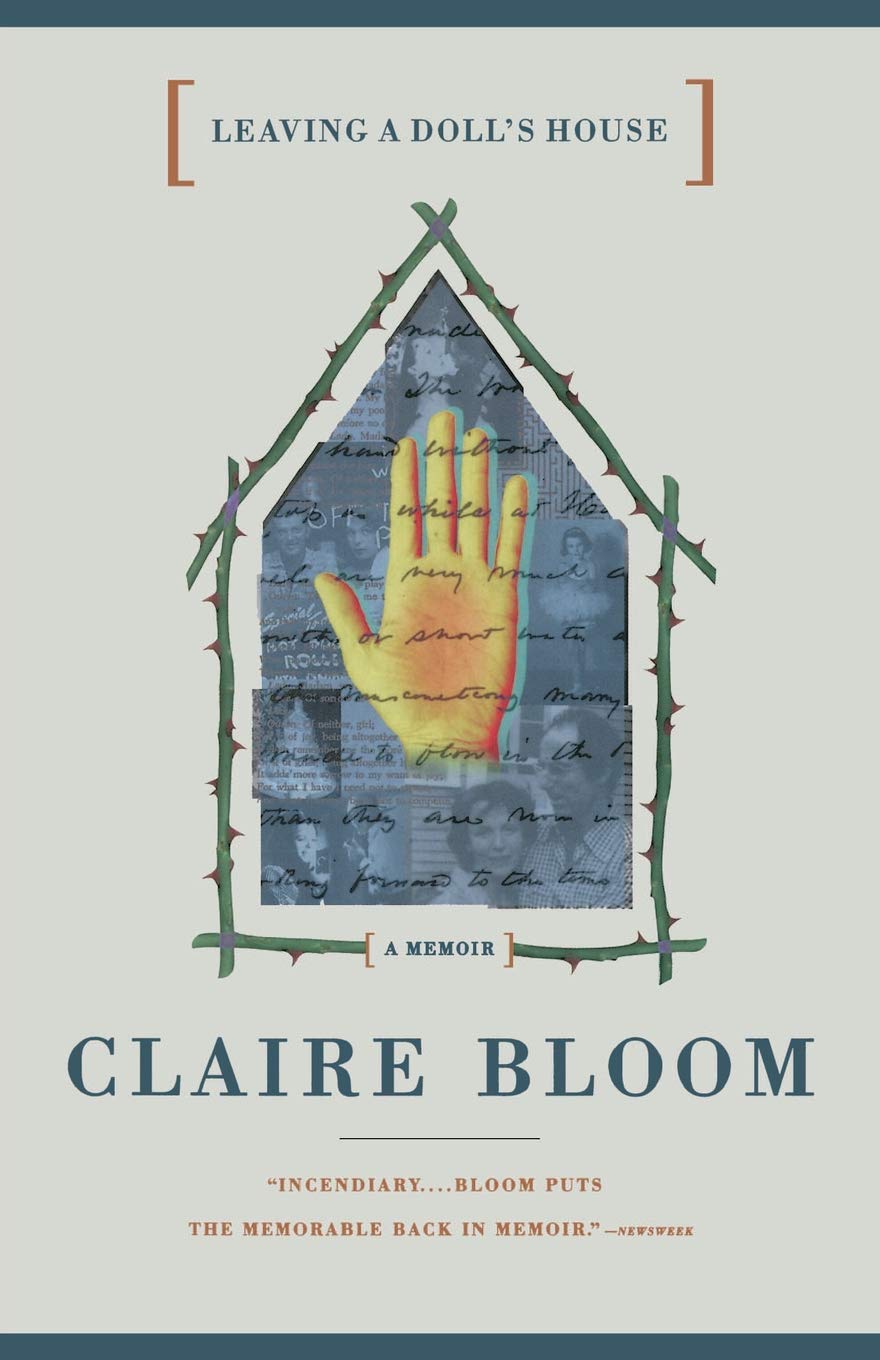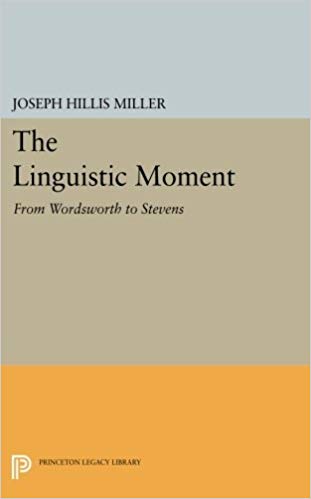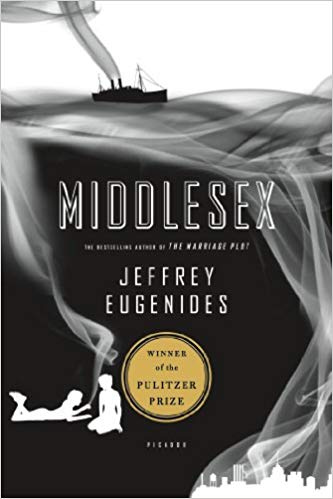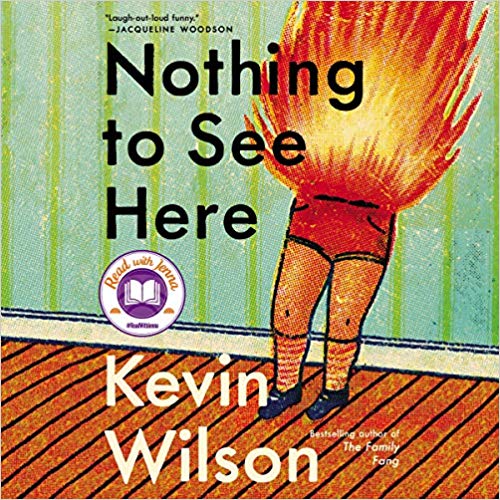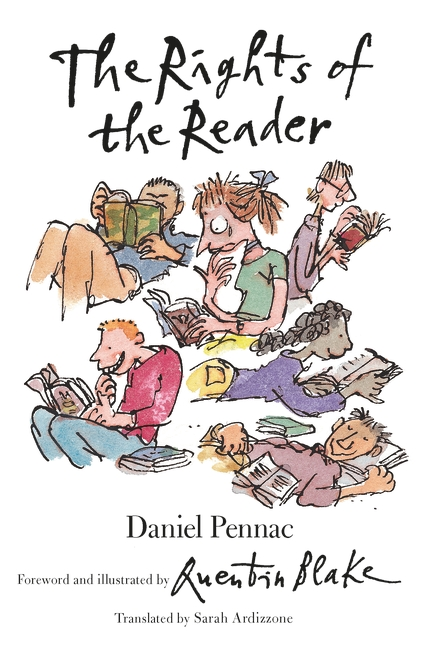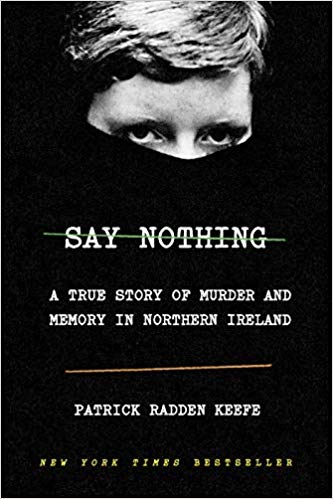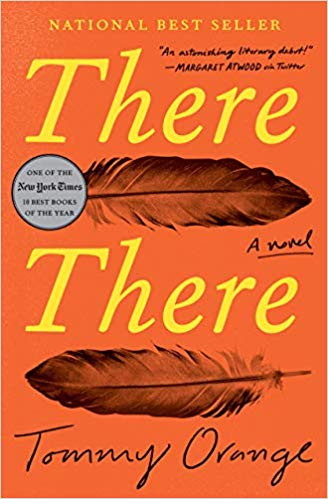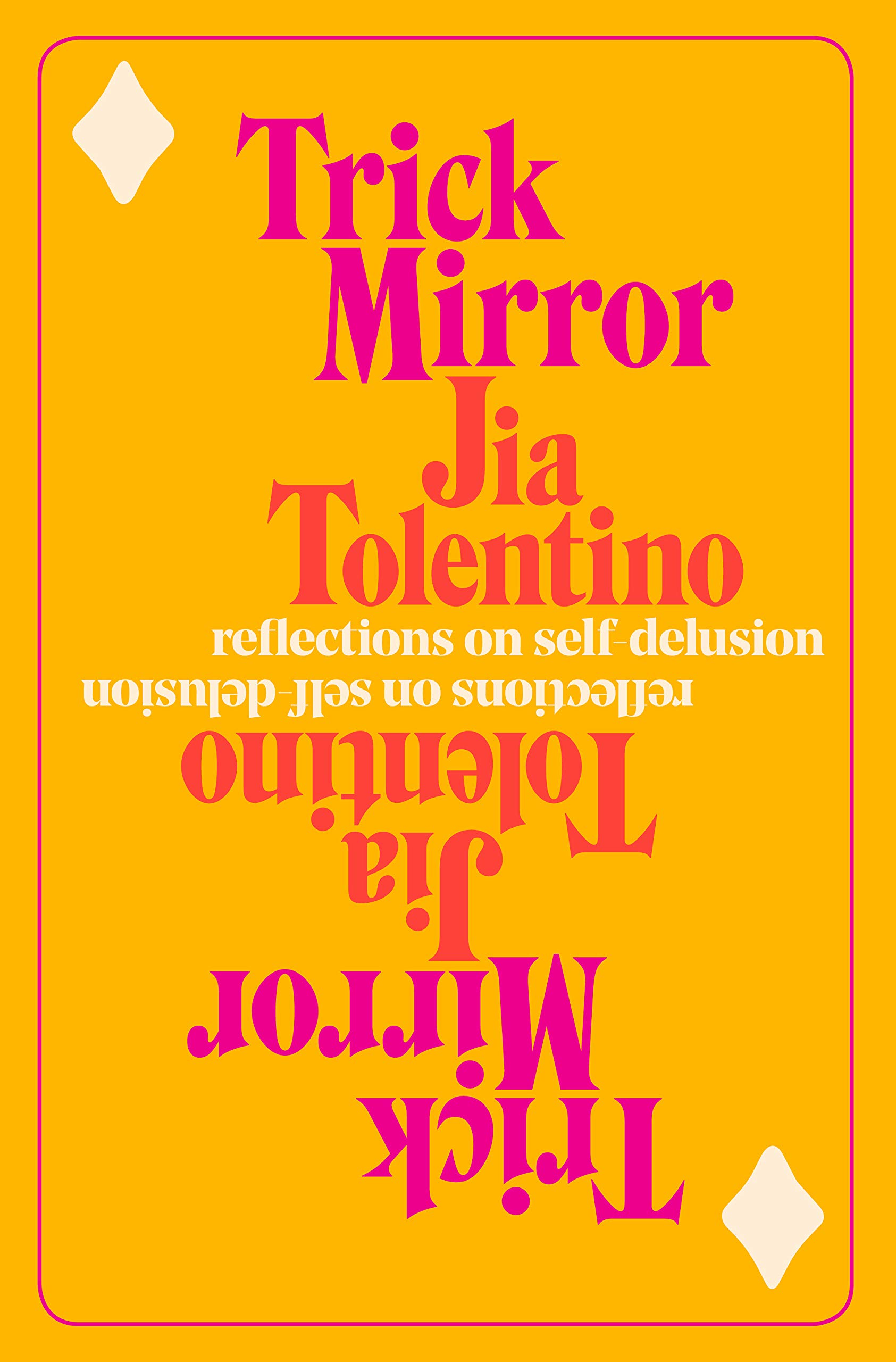The Linguistic Moment: From Wordsworth to Stevens by J. Hillis Miller
Dean Rowan, Director, Reference & Research Services
Miller, a prolific literary critic whose first scholarly publications appeared in the late 1950s, is renowned for having been during the '70s and '80s one of the so-called Yale Critics associated with Jacques Derrida and his quasi-philosophical (some would say, "kwazy philosophical") notions of "deconstruction." The Linguistic Moment was published in 1985 not long after the death of Yale's still more notorious Paul de Man, to whose memory Miller dedicates the book, but before the discovery of de Man's anti-Semitic wartime journalism. The book appeared at the peak of the Yale group's influence; early the following year they were the subject of a New York Times Magazine cover story, "The Tyranny of the Yale Critics." After the de Man scandal, deconstructive literary criticism and theory largely fell out of favor.
Rereading this book more than thirty years after I first read it, I was struck (again) by the breadth and depth of Miller's learning. He ranges across literary genres and eras with virtuosic facility, illustrating the affinities shared by works of literature independent of their historical contexts. His achievement is testimony to the value of voluminous close reading paired with a capacious memory. (Miller's recently departed former Yale colleague, Harold Bloom, arguably surpassed Miller in this respect.) Moreover, Miller's literary acumen is incisive. This, in particular, is not a characteristic one stereotypically associates with writing informed by deconstruction. But by and large one learns a lot about the work of the eight authors to whom Miller devotes a chapter each, with only a slight burden of obscurantist jargon.
The book's main title names a phenomenon Miller identifies in each poet's work when a poem's language calls attention to itself and in so doing eclipses all other properties of the words on the page: reference, narrative, drama, rhythm, rhyme, and so forth. This foregrounding of language as language poses unsurmountable interpretive hurdles for Miller. Such hurdles he deems linguistic moments in literary texts. If this sounds like head-in-the-clouds ivory tower pseudo-philosophizing, incapable of verification, well, perhaps that is so. Yet somehow Miller's exegeses make more approachable the writers he analyzes, their work more welcoming, more available than before to being read, not because Miller supplies an exclusive key to understanding a poem or an author's entire oeuvre, but because he demonstrates ways to interrogate poetry that reveal patterns, incongruities, surprises...in other words, meaning. Still, a meaning is not the same thing as the meaning, and Miller's hypothesis is that a poem, like any literary text, "is undecidable in meaning." For some reason, observations like this infuriated many readers, hence the accusation of tyranny. For me, they go without saying, and yet I get a lot of pleasure out of reading Miller's going ahead and saying it.


